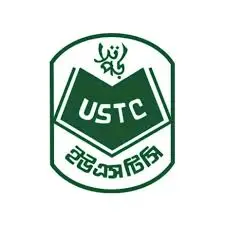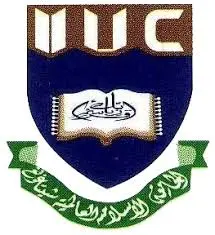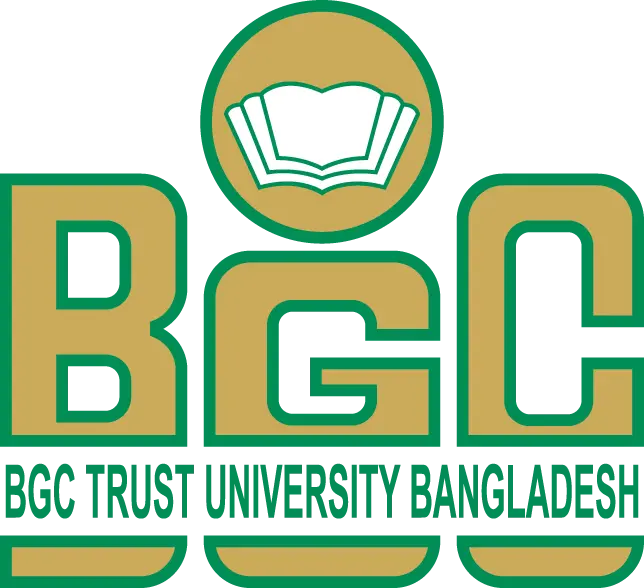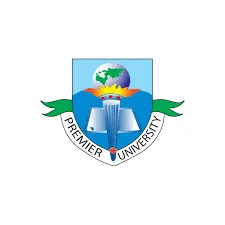
Abdul Malek Ukil Medical College
Courses 0
Establish Year 2008
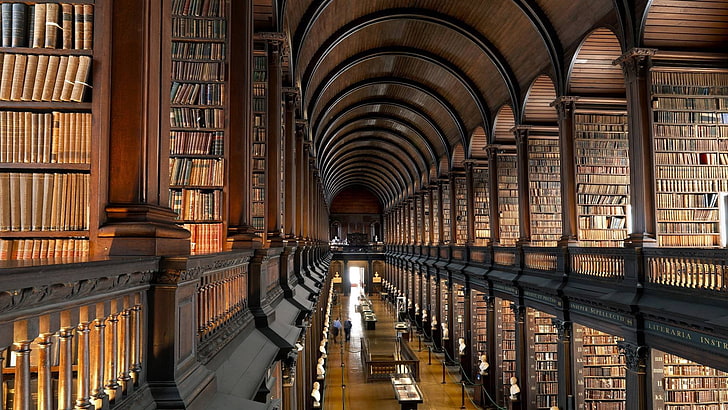

Courses 0
Establish Year 2008
The active participation of the people of Noakhali in the Wahhabi movement of 1830 and the Khilafat movement of 1920 is one of the events in the history of Noakhali . In 1947, Hindu-Muslim communal riots broke out in different parts of the Indian subcontinent. It was in this context that the tragic persecution of the Hindu community in Noakhali, the genocide, began , known as the Noakhali riots
Abdul Malek Ukil Medical College is a state medical educational institution affiliated to Noakhali Chittagong University. It is located 10 km east-north of Noakhali city center and 151 km east-south of the capital Dhaka. Candidates with Higher Secondary / A-Label or equivalent are selected for admission in this college through a competitive examination conducted by the Directorate General of Health every year. The medium of instruction is English.Noakhali Medical College is a government medical college located in Begumganj upazila of Noakhali, Bangladesh. It is located on Noakhali-Comilla road of the district. It was established in 2010. It has been known as Noakhali Medical College since its inception but is now renamed as Abdul Malek Ukil Medical College.
1. Size and location:
Noakhali District is an administrative region in the Chittagong Division in southeastern Bangladesh . The total area of Noakhali district is 4202.60 sq km . The southeast 22 0 07' from 3 0 08 'north latitude and 90 0 53' 91 0 7 'Noakhali districts across the east longitude . The distance of the district from the capital Dhaka is about 161 kilometers and from Chittagong divisional headquarters it is about 136 kilometers. It is bounded by Chittagong district and Feni district on the east, Comilla district on the north , Laxmipur district and Bhola district on the west.And the Bay of Bengal to the south .
2. History :
2.1 ) Establishment period :
The present Noakhali district was earlier a larger area with Feni, Laxmipur and Noakhali districts, which is still known as Greater Noakhali. In 182, Warren Hastings, Governor General of the East India Company, attempted to introduce the first modern district administration system in the country. He divided the whole of Bangladesh into 19 districts and appointed one collector in each district. Kalinda was one of these 19 districts. This district was formed mainly with Noakhali region. But in 183 the district system was abolished and the provincial system was introduced and the districts were made subordinate offices of the province. The district administration system was re-introduced in 18 and this time the whole of Bangladesh was divided into 14 districts. Out of these 14 there was a district in Noakhali region called Bhulua. Later in 1792 a new district called Tripura was created and Bhuluya was included in it. At that time there were Bhulua Parganas with Shahbazpur, Hatia, mainland of Noakhali, Laxmipur, Feni, some parts of Tripura, Sandwip and Mirsarai of Chittagong . Until the establishment of an independent district called Bhulua in 1821, this region was included in the Tripura district. In 18 Bhulua district was renamed as Noakhali district.
2.2 ) Naming :
The ancient name of Noakhali district was Bhulua. The original name of Noakhali Sadar Police Station is Sudharam. According to historians, the northeastern part of Bhulu was once inundated by the waters of the Dakatia River, which flows from the hills of Tripura, causing extensive damage to crop lands. As a way out of this situation, a huge canal was dug in 180, which diverted water from Dakatiya river to Ramganj, Sonaimuri and Chaumuhani to Meghna and Feni rivers. This huge new canal was called Noah (new) canal in the regional language of Noakhali, as a result of which the region changed its face from the face of the people and became known as Noakhali.
2.3 ) General History :
The active participation of the people of Noakhali in the Wahhabi movement of 1830 and the Khilafat movement of 1920 is one of the events in the history of Noakhali . In 1947, Hindu-Muslim communal riots broke out in different parts of the Indian subcontinent. It was in this context that the tragic persecution of the Hindu community in Noakhali, the genocide, began , known as the Noakhali riots . During this time Mahatma Gandhi traveled to Noakhali district to see the situation after the riots. At present there is an ashram named Gandhiji at a place called Jayag in Sonaimuri upazila, which is known as Gandhi Ashram .
Noakhali district with Noakhali, Laxmipur and Feni subdivisions was being managed as a large district under Chittagong division. When all the subdivisions were converted into districts in 1984 as per the government decision, Laxmipur and Feni districts became separate. Noakhali district was reorganized with only Noakhali subdivision. At that time there were six upazilas in this district. Later three more upazilas were created. Although some parts of Hatia Upazila are connected to the mainland of the district, the greater part (original Hatia) is an isolated island upazila surrounded by the Meghna River.
2.4 ) City of Noakhali :
Noakhali is the only district in Bangladesh which has no city of its own name. Noakhali district town is known as Maijdi. When the upazila headquarters merged with the Meghna in 1947, it was shifted 6 km north and in 1950 the district headquarters was temporarily shifted to Maijdi. The city was rebuilt according to the British plan. When the city of Noakhali was crumbling, the broken office courts of the old town were brought here in the paddy fields and open deserts of Maizdi mouza and in 1953 the old areas of the city including Kalitara, Sonapur and Maizdi were declared as Noakhali municipal area in a gazette notification. A huge lake is cut across about sixteen acres in the heart of the city. It is commonly known as Bara Dighi. The road of brick Suraki is built in a circle around the lake. All government offices are built in the shape of bungalows around that road. The lake was used primarily as a city reservoir, pumped to supply water to various government offices, courts and residential areas. Although Maizdi was relocated, the issue of official recognition of Maizdi as the headquarters of Noakhali district was controversial for a long time. Finally, in 1972, Maijdi was officially recognized as the permanent headquarters of Noakhali district. Chaumuhani is another busy city and commercial center of Noakhali, which was once famous for its printing and publishing business.
2.5 ) Events of the War of Liberation :
On 22 April 1971 the Pak army entered Noakhali Sadar Upazila. On 11 May the Pak army attacked the town of Hatia. They shot dead six people in Afazia Bazar and two in Ochkhali Bazar of the upazila. On 15 June, 70 freedom fighters were martyred in a battle with the Pak army at the premises of Sonapur Ahmadia Model High School in the district. On 16 June, the Pak army brutally killed 60 innocent villagers at Sreepur village in Sonapur area of Sadar upazila. On 2 July the freedom fighters attacked the razakar camp of Chandraganj High School in Begumganj upazila. On 19 August the Pak army killed more than 50 people, including freedom fighters, at Nayahat Bazar in Gopalpur Union of Begumganj. On 4 September 8 freedom fighters were martyred in a battle between the freedom fighters and the Pak army and razakars on the east side of Sluicegate on Bancharam Road in Companiganj upazila. Later, 8 freedom fighters including Sadar BLF Commander Ahidur Rahman Adud were martyred in a few skirmishes between the freedom fighters and the Pak army in this upazila. On 16 October, freedom fighters attacked the house of Razakar Jalil in Kabirhat upazila, killing Jalil and some of his associates. The freedom fighters then attacked the Pak army camp at Domnakandi Primary School in Senbagh upazila. Some freedom fighters were martyred in that battle . Noakhali district became independent on 6 December 1971. Mohammad Ruhul Amin (1935 - 10 December 1971) was a martyred freedom fighter who participated in the war of independence of Bangladesh . He is one of the seven heroes. He is one of the seven heroes who were awarded the title of "Bir Shrestha", the highest military honor of Bangladesh, in recognition of their extreme bravery and outstanding heroism in the great liberation war of Bangladesh. Mohammad Ruhul Amin was born in 1935 in Baghpanchara village of Sonaimuri upazila of Noakhali district . In March 1971, Ruhul Amin was working in Chittagong One day, without anyone noticing, he escaped from the naval base He fled across the border and went to Tripura Joined Sector 2, 6 He actively participated in the war of liberation till September in Sector 2 under the leadership of Major Shafiullah.
The Dargah of Mr. Fakirchharu Mizi (RA) is located just 200 yards northeast of the residence of the Deputy Commissioner at the center of Maijdi Court, Noakhali District Town. It is not known exactly when this traditional Dargah was established. The ancestors were already there. Gathering information from his ideas and the people of the shrine committee, it is known that he is not less than 200 years old.
According to the information gathered, Mr. Mizi (R) was a camel man besides Fakir. The place where his shrine is located at present was very forested in the past. Mr. Fakir used to meditate alone in this deep forest. The poisonous snakes, tigers, bears and other wild animals of the forest were not harmful to his meditation.
During the British rule, the zamindar of the area, Roy Bahadur, donated some land for the shrine and fair for the miraculous power and meditation of the fakir, which was included in the 1972 ledger, said Mr. Abdus Sattar, secretary of the shrine committee. The fair sits. The fair attracts millions of people from far and wide, including the larger districts. At this traditional fair, people from different parts of the country come to sell national goods.
Noakhali Public Library
"Library is one of the criteria of civilization" Library is one of the places of knowledge and talent development of all countries, all societies. Inspired by this ideology, the Greater Noakhali Library named "Noakhali Public Library" was established in 1895 (Bangla 1302) in the old town of Noakhali. In 1944, when the old town of Noakhali was sinking into the riverbed due to the erosion of the Meghna, the library was shifted to Maijdi Court, the main town of Noakhali. With a hundred years of tradition, this library is still spreading the light of knowledge among the general public.
Location of the private sector established library in its own house at Eksemipaka (40 / R ৮ 60r) Tin Shed adjacent to the traditional town hall of the district at the intersection of George Court Road intersection in Noakhali Maijdi Court town. At present, various ceremonies of various social, cultural and political organizations are held in the open space in front of the library.
The current membership of the traditional Noakhali Public Library is 56. It has 18 life members and 550 general members. The library currently has about 20,000 books. Novels, short stories, religious books, poetry, biographical history, science, health, law, engineering and miscellaneous textbooks. The collection also contains many rare books from British India. Many scholars seek the help of this library to expand the scope of their research. Many old papers and magazines are well preserved in this library. In addition to daily newspapers, memorabilia, magazines, annual reports etc. of various organizations and institutions from home and abroad are provided as courtesy to the readers of this library and which are later stored in the library. Come to read. The main source of income of this library is government and non-government grants. Another source of income is the lifetime subscription of ordinary members.
We hope that the 100-year-old Noakhali Public Library of the district will become a huge source of knowledge with the active participation of government, private and local wealthy people. The present and future generations will make a great contribution to the history of the nation by developing their talents in collaboration with this library.
Bachelor of Medicine and Bachelor of Surgery(MBBS)
5 Year
Graduation
Offline
Specialization
General
Scholarship
Yes
Examination
Half Yearly
Fee Cycle
Semester

Laboratory

Library

Medical

Security

Wifi
Call Us On
Not Available
Mail Us At
Not Available
